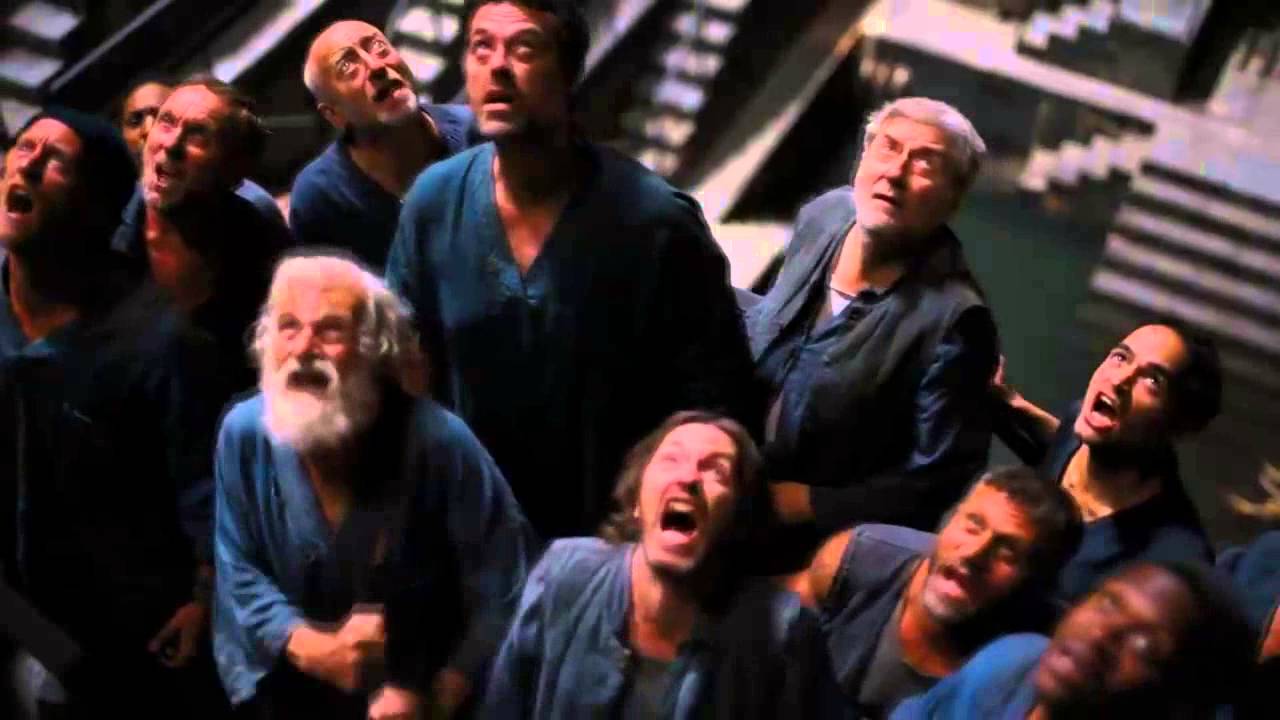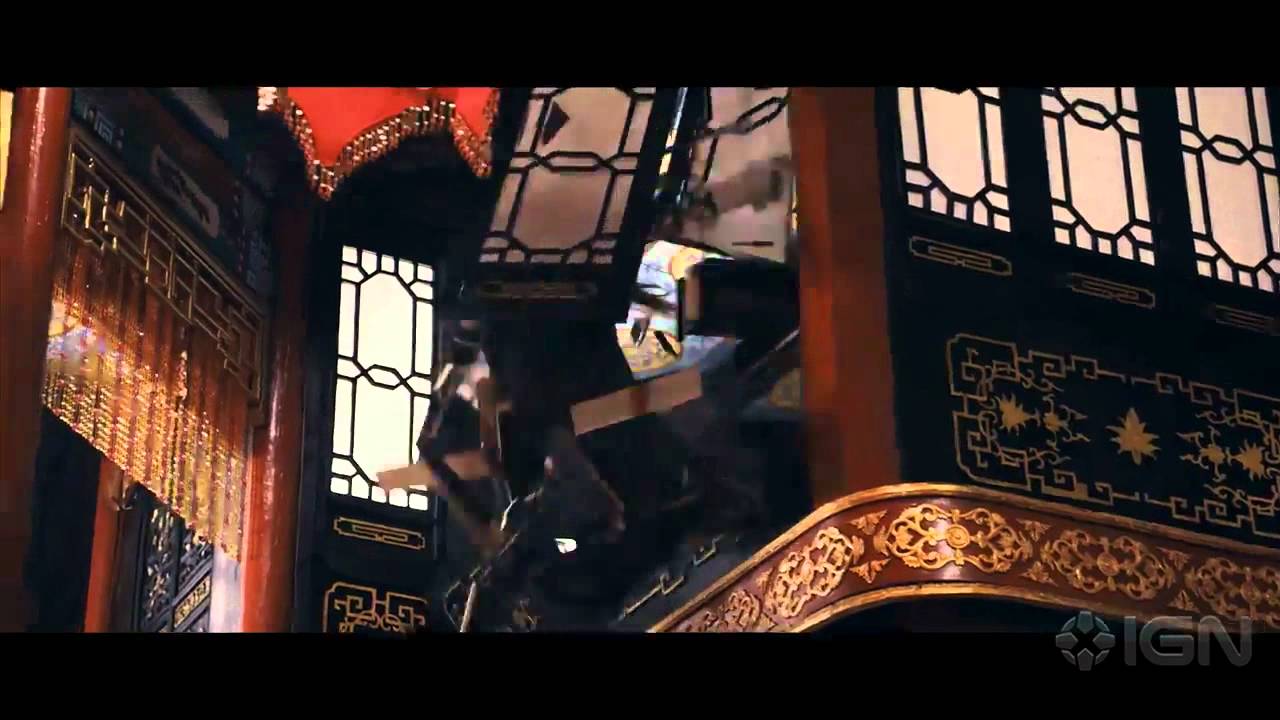“You can’t take your eyes off Rooney Mara as the notorious Lisbeth Salander, in the American movie version of Stieg Larsson’s “The Girl with the Dragon Tattoo” (opening December 21st). Slender, sheathed in black leather, with short ebony hair standing up in a tuft, her fingers poking out of black woollen gloves as they skitter across a laptop keyboard, Mara (who played Mark Zuckerberg’s girlfriend at the beginning of “The Social Network”) cuts through scene after scene like a swift, dark blade. Salander is a twenty-four-year-old hacker with many piercings, of herself and of others. She’s both antisocial and intensely sexual—vulnerable and often abused but overequipped to take revenge. She lives in an aura of violence. Salander obviously accounts for a big part of the success of Larsson’s crime novels—both men and women are turned on by her—and Mara makes every scene that she appears in jump. She strips off and climbs right onto Daniel Craig, as Mikael Blomkvist, the investigative journalist who takes Salander on as a partner, and whom she makes her lover. Craig looks a little surprised. In this movie, he is modest, quiet, even rather recessive. It’s Mara’s shot at stardom, and he lets her have it.”
“Much of the movie is set on a private island controlled by the Vanger clan, a wealthy Swedish industrial family peopled with criminals, perverts, solitaries, exiles, dead Nazis, and a grieving old man, Henrik Vanger (Christopher Plummer), who has never got over the disappearance of his grandniece, forty years earlier. In one last attempt to find her, he hires Blomkvist, who has been temporarily discredited in a libel suit, and sets him up as an investigator on the island, a place that no American one-per-cent family would ever dream of owning. It’s way up north, windy, snowy, and treacherously beautiful; once you cross the bridge to this enclave, you enter an icy hell. Blomkvist and Salander, warming each other, conduct their investigation from the island, hacking into whatever files they need; they leave only when they have to, with Mara, head down in the wind, tearing around Sweden on a motorcycle like—well, like a bat out of hell. The movie zips ahead, in short, spiky scenes punctuated by skillfully edited montages of digitized photographs and newspaper articles. David Fincher, who directed the picture (working with Steven Zaillian’s screenplay), moves at a much faster pace than he did in “Zodiac,” his 2007 movie about a murder investigation. In “Zodiac,” every time a piece of evidence trembles into view, it quickly recedes again. That movie is an expression of philosophical despair: the truth can never be known. “Dragon Tattoo” says the opposite: it celebrates deduction, high-end detective work—what Edgar Allan Poe called “ratiocination.” Everything can be known if you look long and hard enough, especially if you have no scruples about hacking into people’s bank accounts, e-mails, and business records. Salander is a criminal, but she’s our criminal.
At heart, of course, the material is pulpy and sensational. The Vanger men committed atrocious crimes against women in the past, and Salander, who is a ward of the state, is twice brutalized by a smarmy social worker who controls her money. There are certainly lurid moments, but I wouldn’t say that Fincher exploits the material. When Salander is raped, the scene registers as a horror; it’s prolonged and discomforting. And her revenge, however justified, and however much it may amuse the audience, is another horror. This is a bleak but mesmerizing piece of filmmaking; it offers a glancing, chilled view of a world in which brief moments of loyalty flicker between repeated acts of betrayal.”
Tags: Daniel Craig David Fincher Reviews Rooney Mara The Girl With the Dragon Tattoo







